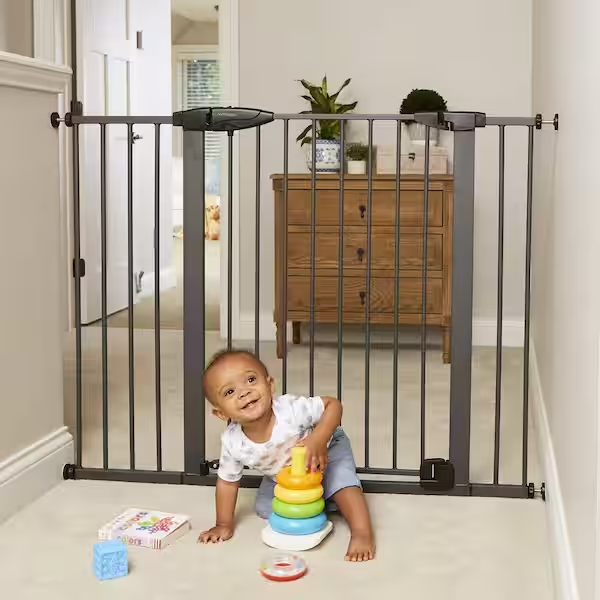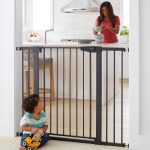With the endless possibilities available on the market, picking the right child safety gate for your home can feel overwhelming. The diverse needs of your household will guide this decision. Whether it’s for the top of a staircase, a kitchen entrance, or a wide doorway, it’s vital to choose a gate that not only matches the designated area but also provides the ultimate security for your little ones. This article will lead you through the major considerations to make an informed choice and ensure the well-being of your child within your home.
Determining Gate Placement and Purpose
Identify High-Risk Areas
Start by walking through your home and identifying potentially dangerous areas for your child. Stairs, kitchens, and bathrooms typically require sturdy gates to prevent access. Doorways leading to rooms with hazards like small objects or heavy furniture that can topple also need gating. Knowing where you need gates will help determine the style and features you should opt for.
Purpose-Driven Selection
Each gate serves a purpose, whether it’s keeping a child contained within a safe space or preventing access to restricted areas. A playroom may require an easy-to-operate gate for frequent adult access, while stairs might call for a more permanent, hardware-mounted solution. Your selection should align with the specific purpose of each gate within your household.
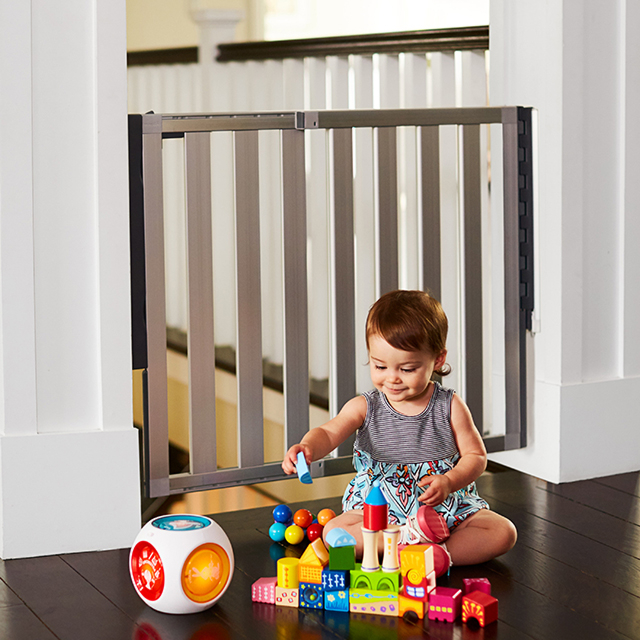
Assessing Safety Features and Standards
Ensuring JPMA Certification
Safety should be your prime concern. Look for gates that bear the Juvenile Products Manufacturers Association (JPMA) certification. This means the gate has met safety standards in aspects like size, strength, and quality of materials. Choosing a JPMA-certified gate gives you confidence about providing a safer environment for your child.
Types of Locking Mechanisms
A gate’s lock should be complex enough to deter a curious child but simple for an adult to manage. Test different locking mechanisms before making a purchase. Magnetic locks, pressure-release handles, and slide mechanisms are common. They should be out of reach for small hands but not too complicated for you to use even with full hands.

Suitable Gate Types for Different Home Layouts
Adjustable Width Gates
Many modern gates come with adjustable widths to fit a variety of doorframes and hallways. Check the maximum and minimum width to ensure the gate accommodates the unique spaces in your home. Extenders are also available for extra-wide areas, providing versatility and a custom fit.
Hardware or Pressure-Mounted Options
Determine whether you need a permanent, hardware-mounted gate or a temporary, pressure-mounted gate. Hardware-mounted gates are suitable for high-traffic areas as they provide more stability. Pressure-mounted gates, however, offer portability and are great for travel or less risky locations. Choose accordingly, based on the permanence of your need and the safety requirements of the space.
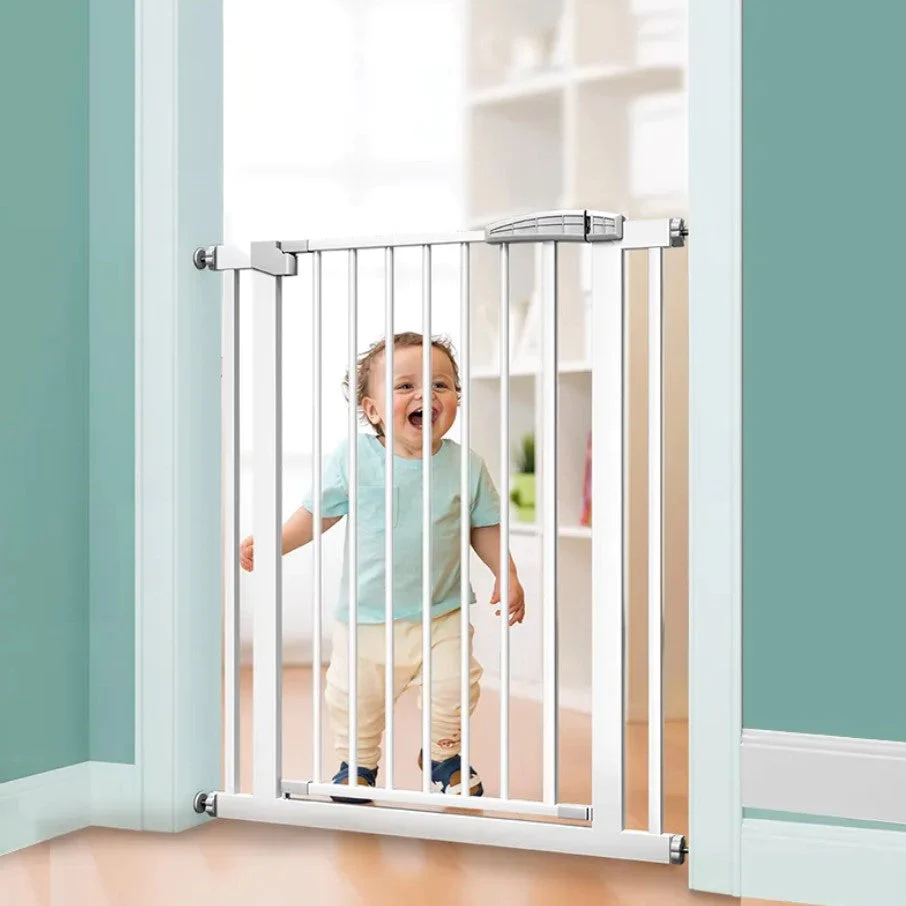
Practical Considerations for Long-Term Use
Analyzing Materials and Construction
Consider the durability of materials. Metal, wood, or high-impact plastic will determine the gate’s longevity and stability. Also, consider the design—if the bars are horizontal, could they become a ladder for a climbing child? Opt for a design that discourages climbing while standing the test of time.
Ease of Installation and Use
A gate should be straightforward to install and use. It should open easily for adults to pass through but be secure enough when closed. A gate that’s complicated to operate may be left open inadvertently, defeating its purpose. Some gates also offer features like a foot pedal or one-hand operation for added convenience.
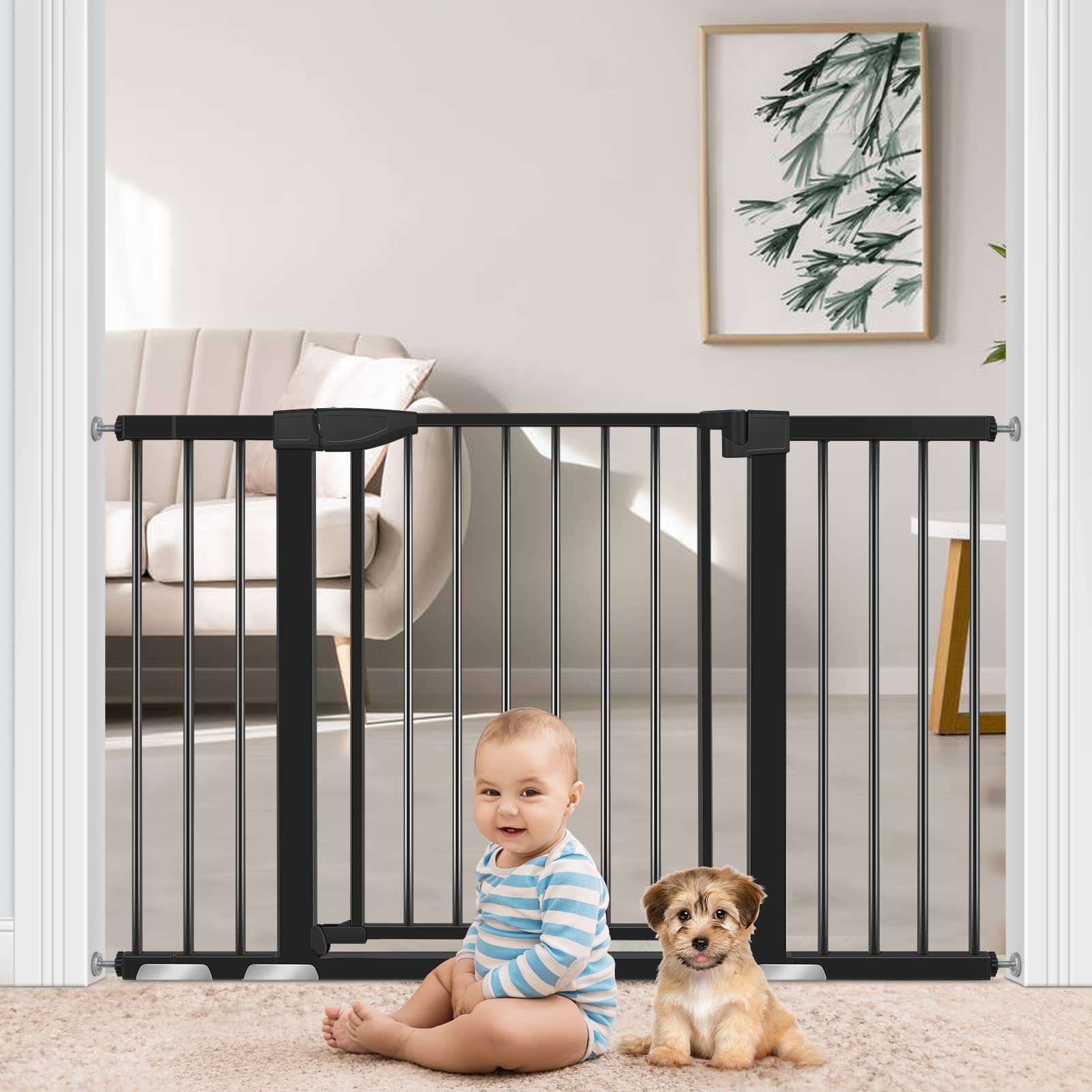
Mastering the Installation and Adjustment of Child Safety Gates
Once you’ve selected the ideal safety gate for your household needs, the next crucial step is to install and adjust it correctly. Proper installation is paramount; an improperly installed gate can fail to provide the security it’s designed for. Here are tips on mastering the installation and ensuring your gate serves its purpose effectively.
Step-by-Step Installation Process
Understanding the Instructions
Before you begin the installation, read the instructions thoroughly. Manufacturers design these instructions to guide you step by step, ensuring you don’t miss crucial aspects of installation that could jeopardize safety. Collect all the necessary tools and parts, and if the instructions are unclear, seek out online tutorials or customer support for clarification.
Securing the Gate Firmly
For hardware-mounted gates, use a stud finder to locate studs in the wall, ensuring the gate is anchored securely. Mark the drill points, level them to confirm they’re straight, and drill into the studs, not just the drywall, for maximum stability. For pressure-mounted gates, adjust the tension until the gate feels firmly in place, checking that it doesn’t give under pressure.
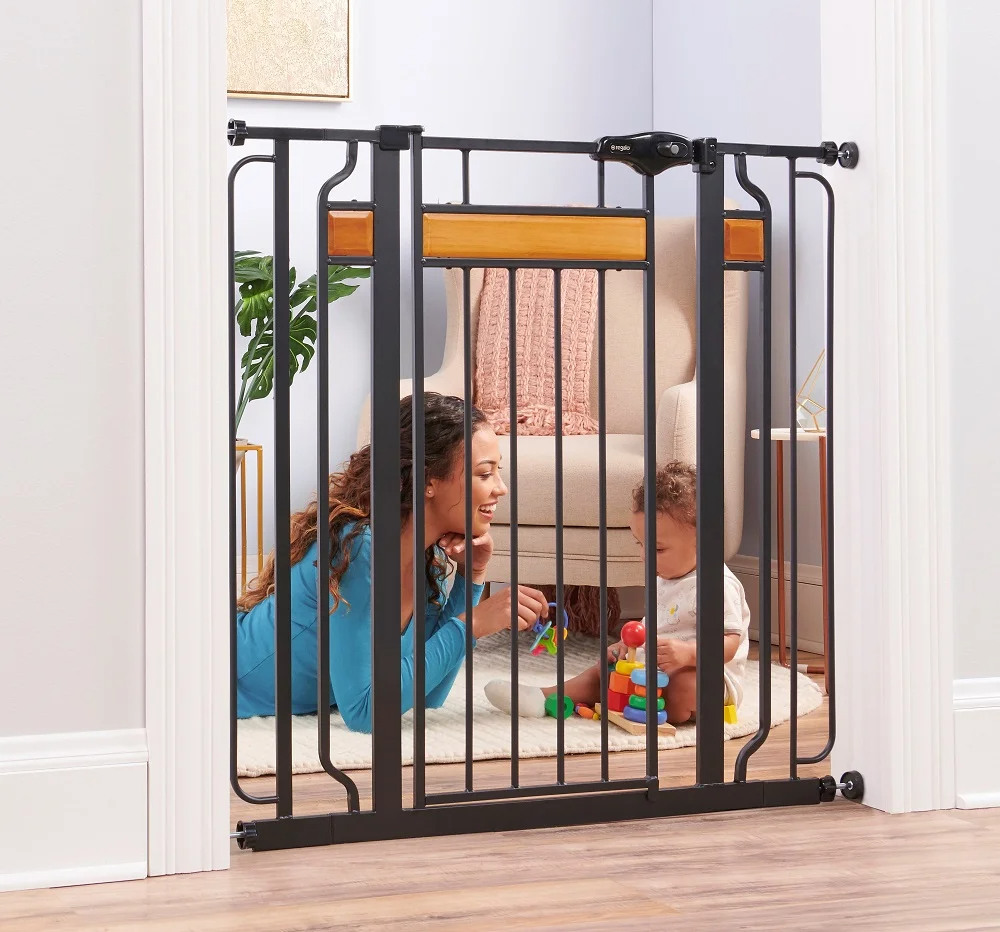
Regular Care and Maintenance for Safety Gates
Inspections and Tightening
Safety gates require regular inspections. Check for signs of wear and tear, and ensure all parts, especially the locking mechanism, are in excellent working condition. For pressure-mounted gates, confirm the pressure hasn’t decreased over time, and re-tighten it if needed. For hardware-mounted gates, check that the screws haven’t loosened and tighten as necessary.
Cleaning and Upkeep
Beyond safety checks, keeping your gate clean contributes to its longevity and function. Use mild soap and water to clean the gate, avoiding harsh chemicals that could degrade the materials or leave harmful residues. Regular cleaning also provides an opportunity to inspect the gate closely and spot any potential issues early.
Even with the perfect selection and meticulous installation, challenges can arise when using safety gates. Be prepared to tackle common issues that might appear during daily use.
Parts Replacement and Repair
Continuous usage can lead to wear and tear. Be proactive in replacing worn-out parts, especially if they pertain to the gate’s structural integrity or locking mechanism. Many manufacturers offer replacement parts, so make sure to contact customer service if a specific part needs attention.
Selecting the ideal child safety gate is a task that requires attention to detail and an understanding of your household’s needs. From high-risk area identification to aligning the purpose with the selection, and from understanding the safety standards to the practicality of everyday use, every aspect plays a crucial role. Remember to prioritize the security and standards provided by the gate, ensuring long-term use and reliability while also acknowledging that ease of access for adults is important to the seamless integration of the safety gate into your home. By considering all these factors, you’ll be well-equipped to provide a safer environment for your child to grow and explore.
